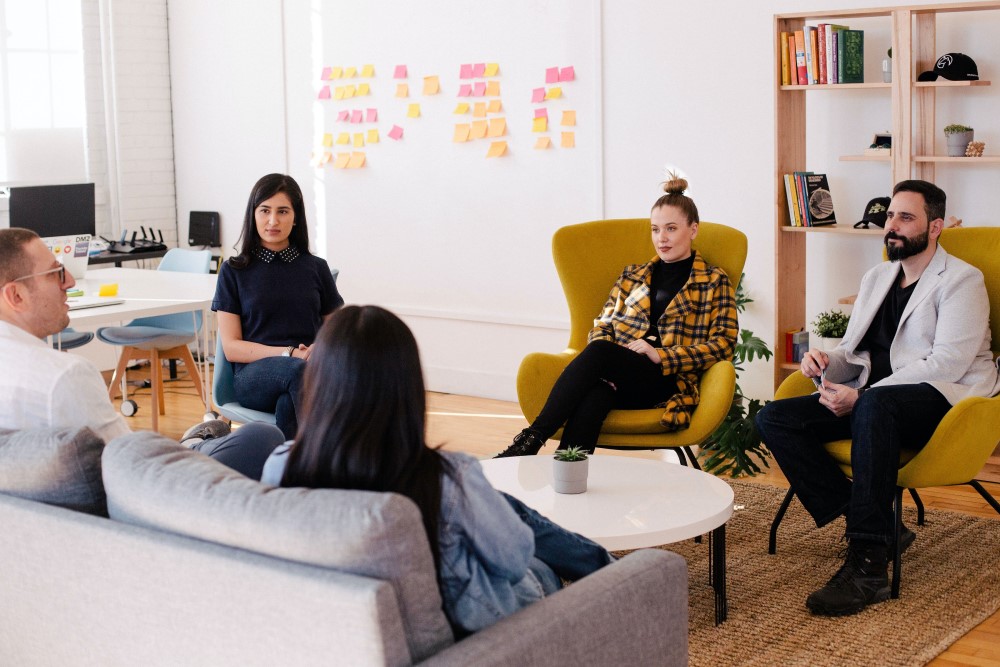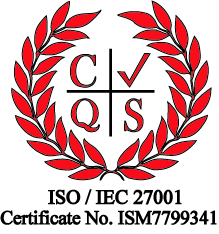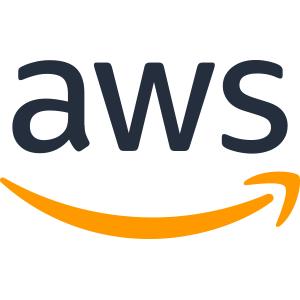An organisation is never static; People are physically mobile, regularly moving between different working environments. They’re also logically mobile, constantly seeking access to systems and services that are widely dispersed across the organisation’s digital estate.
And they are organisationally mobile; their place on the organisational chart is shifting with the progression of careers and business change. These three forms of mobility – physical, logical, and organisational – present challenges to an IT service provision. That’s because an end user’s entitlement to service provision can often effectively be determined by their physical, logical, or organisational locations. A change in any one of these can – intentionally or otherwise – inhibit end user access to services.
Always changing
These changes are often a consequence of events, such as an organisational merge or an employee’s role changing; and they are impossible for IT to anticipate.
When this happens, productivity goes down because users can’t work effectively; and costs go up because the business finds inefficient ways of working around the problems. Because the organisation is always changing, the solution cannot be a “one off” transformation project. That, too, will soon be outdated by events. Instead, IT must be organised so that it’s capable of responding to user mobility. This can be achieved with security architecture that adapts to the organisation, and there are three key components to this:
Zero Trust
The first is an IT architecture based on “zero trust” principles. User access is provisioned based on their entitlements, and not just their physical or network location. All the organisation’s systems use a common point of access management, so that access is enforced consistently across its entire digital estate.
Seamless identity management
This ensures that end users have the right entitlements at any point in time. Their identities are managed dynamically, based on the most authoritative data, such as the HR and CRM databases, to create a “single source of truth” for identity.
Right tools
The third is having the right tool to deliver these. This means that, as well as having the necessary technical features, it’s easy for the organisation to adopt, use and embed within the organisations existing digital estate and business processes.
More information
If you would like to know more, please visit our Able+ pages

 Australia
Australia Canada
Canada LATAM
LATAM New Zealand
New Zealand UAE
UAE United States
United States








